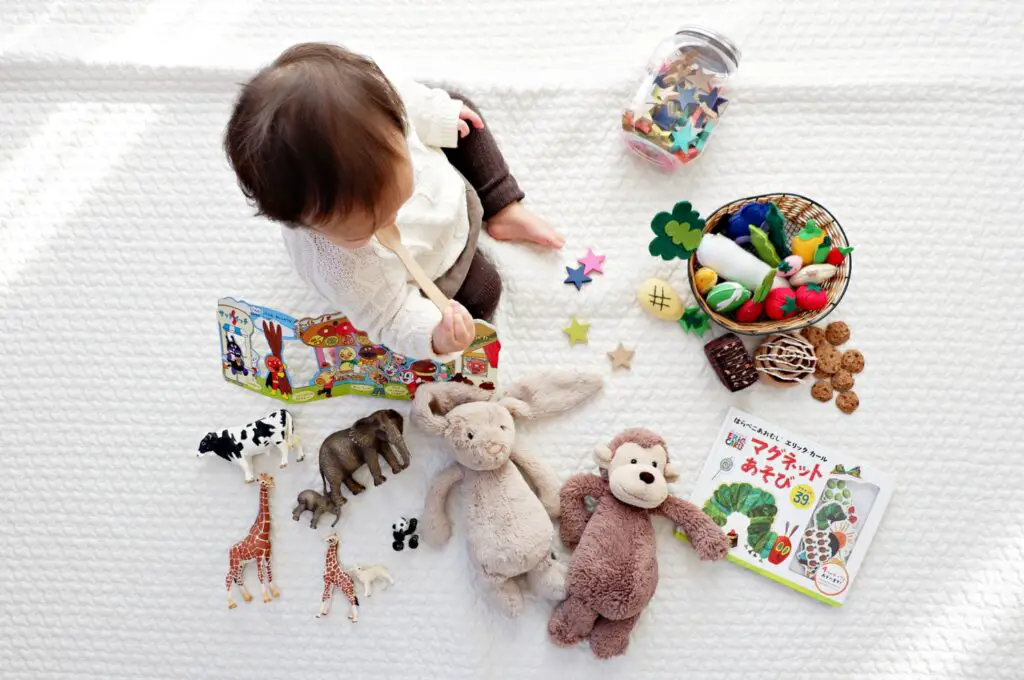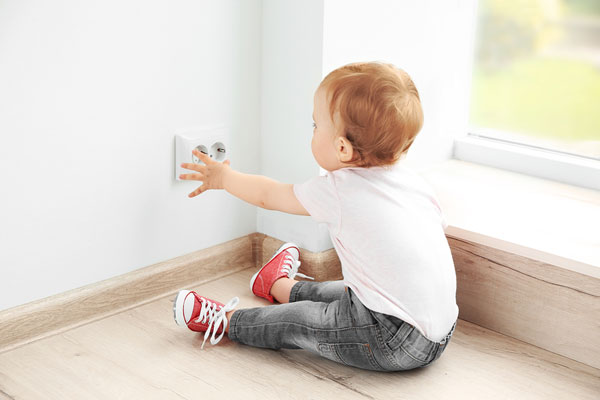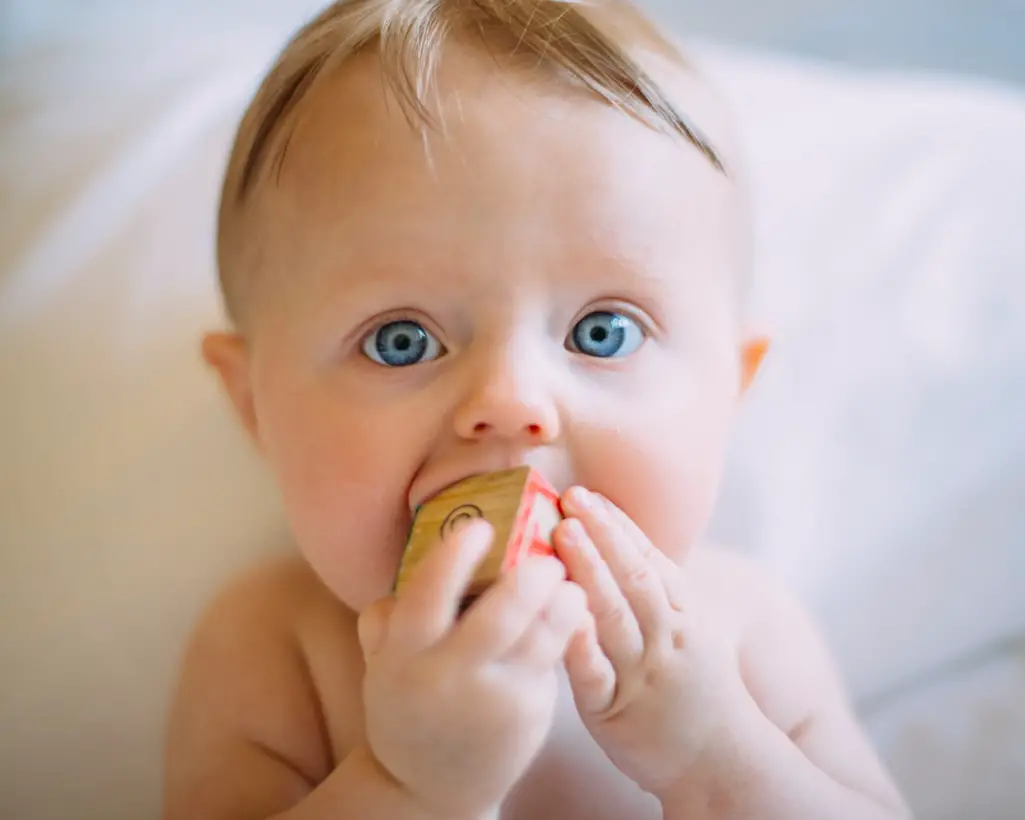You should babyproof electrical appliances as early as possible. As soon as children can crawl and finally run, their curiosity increases, and they explore the apartment. But you know what? Unfortunately, their sense of danger is not yet well developed, so minor injuries are inevitable. In order to prevent worse things, to minimize the risk of injury in your own four walls, and to maintain a child-safe apartment, you should consider babyproofing electrical stuff as early as possible, and that’s when our guide comes in handy.

First and foremost, it makes sense to explain to children again and again where dangers lurk because only through understanding will there be fewer injuries in the long term. There are of course always some sources of risk, but with our checklist, you can keep an overview and learn how to make your home child-proof.
Babyproofing electrical lighting
In bright, well-lit rooms, it is easier to see tripping hazards and corners and edges that could bump into.
- Make sure there is good lighting in all rooms, especially in the hallway and stairwells.
- Light switches should also be easy to reach for children.
Make electrical devices and power sources childproof
Inferior or defective electrical devices, as well as improperly executed installations or repairs, are a particular source of danger. But extension cables and hanging power cables are also associated with the risk of accidents: You can get stuck on them or trip over them. And for children, they present additional dangers, for example, if they want to hold on to them.
Sockets also arouse children’s curiosity and should therefore be provided with suitable socket protection. There are “child-proof” sockets on the market that only open when the plug is inserted.
- Use only technically perfect electrical devices and power cables.
- Defective devices, plugs, and cables should be professionally repaired or replaced immediately.
- When buying electrical appliances, look out for quality seals such as the “Geprüfte Sicherheit” (GS) test mark.
- Electrical cables should always be permanently laid as far as possible.
- Where cables are not laid under plaster or covered by furniture, they should be fastened with cable ducts or cable clamps or laid behind special skirting boards.
- Have child protection sockets installed or equip existing sockets, including multiple sockets, with child safety devices.
- Always keep electrical appliances out of the reach of children, especially in the bathroom.
- Always pull out the power plug immediately after using an electrical device and put it away.
- Do not keep electrical appliances near water in the bathroom or kitchen.
- Only use devices with a mains voltage of no more than 24 volts in the children’s room. This is even a requirement for devices that are mainly used by children.
- If necessary, install residual current circuit breakers (FI circuit breakers) at a later date, which switch off the monitored circuit very quickly and even with the smallest residual currents.
Our partners at PetiteMarie have created a comprehensive childproofing guide – take a look!
Make the kitchen child-proof
- Protective grille for stove
- Fuses on cabinet doors/drawers
- Stow away electrical appliance cables safely
- Put devices, glasses, etc. high up on the shelf
- Empty bottles / canned food should be placed out of reach
- Lockable trash cans
- Clamps for tablecloths
A kitchen is a dangerous place in the home like no other – for this reason alone, children should never be left unsupervised. For the number 1 source of danger – the stove – special stove guards have proven themselves, through which the youngsters can neither touch the hot plates nor tear down the pots and pans. Drawers and cupboards can be locked with magnetic or hooking child locks.
A little tip: fill a cupboard compartment close to the floor with storage boxes, discarded wooden spoons or melamine children’s dishes – this way the child can satisfy their curiosity, become occupied and distracted from dangerous places and objects.
Be careful with glass
Glass panes and glass doors are easily overlooked when playing and romping around. At best, there is only one bruise in the collision. It is worse if the glass is not safety glass. Then a pane can suddenly break and disintegrate into countless razor-sharp pieces, which can result in deep cuts with often lifelong scars. Children can also seriously injure themselves with drinking glasses.
- If you have a choice, avoiding glass doors in the household with children is best.
- In the case of permanently installed glass doors, clear adhesive symbols at the children’s eye level help to draw attention to the invisible obstacle.
- If necessary, normal glass should be provided with a splinter protection film to be applied subsequently.
- If glass or dishes have broken, sweep the floor carefully and then check whether there is still a splinter lying around.
- Let your child drink from plastic cups. Under no circumstances should one walk around with a glass in hand.
Child safe bathroom
- Cleaning agents, cosmetics, and medicines should be kept out of reach
- Scissors, files, razors & Co. should be locked in special boxes
- Non-slip bath mats
- Electrical devices stored out of reach
- Remove the door key
- Faucets should be equipped with a hot water stop function
Several dangerous combinations come together in the bathroom: slippery tiles, water, and electronic devices. This makes it especially important to take precautions as soon as children become mobile.
Cleaning agents, medicines, and cosmetics should not be within easy reach. But the lockable bathroom door or the toilet lid could also be dangerous. There are special safeguards for the latter so that it remains closed and neither children nor toys end up in the toilet.

Set up children’s rooms safely
Due to the higher risk of tripping in the children’s room, exceptionally soft or springy floors such as carpets and cork are particularly suitable. Small children sleep best in a sleeping bag in a cot. Accessories such as music boxes, cuddly toys or pillows should be taken out of bed after falling asleep to prevent the risk of suffocation. Snooze lights provide sufficient light so as not to fall over toys that may be lying around. It is better, however, to always put toys back in the closets after playing.
Make the entire home safe for children
Things to buy and install:
- Socket fuse
- Fix furniture
- Corner protection for edges
- Accident protection for doors
- Stairgates
- Lockable window and door handles
- Protective grilles for chimneys and stoves
Sockets that are within reach of the child should be fitted with socket protection throughout the home. Edge protection is also advisable for all corners, for example, on the table or on the shelf. If smooth floors such as parquet or laminate are laid in the apartment, the risk of slipping can be reduced by using stopper socks.
Stair and door guards are particularly recommended for multi-story houses, but they also ensure that rooms without doors are taboo or prevent the child from getting too close to the fireplace. Another often forgotten danger in the home is the cords and cords of curtains and blinds. For example, they can be hung with a hook out of the reach of the child.

